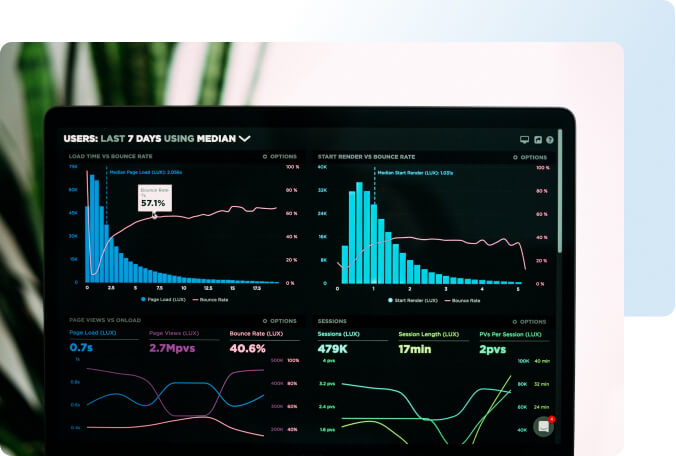Our Blog
-
 16 December 2025AI for project managementRead More
16 December 2025AI for project managementRead More -
 9 December 2025AI consulting for startups:
9 December 2025AI consulting for startups:
Guide, benefits, tipsRead More -
 2 December 2025Measuring the ROI of AIRead More
2 December 2025Measuring the ROI of AIRead More -
 25 November 2025Top data warehouse vendors in 2025Read More
25 November 2025Top data warehouse vendors in 2025Read More -
 20 November 2025AI product management: Innovate, strategize & lead with AIRead More
20 November 2025AI product management: Innovate, strategize & lead with AIRead More -
 18 November 2025The ethics of AI-generated business decisionsRead More
18 November 2025The ethics of AI-generated business decisionsRead More








